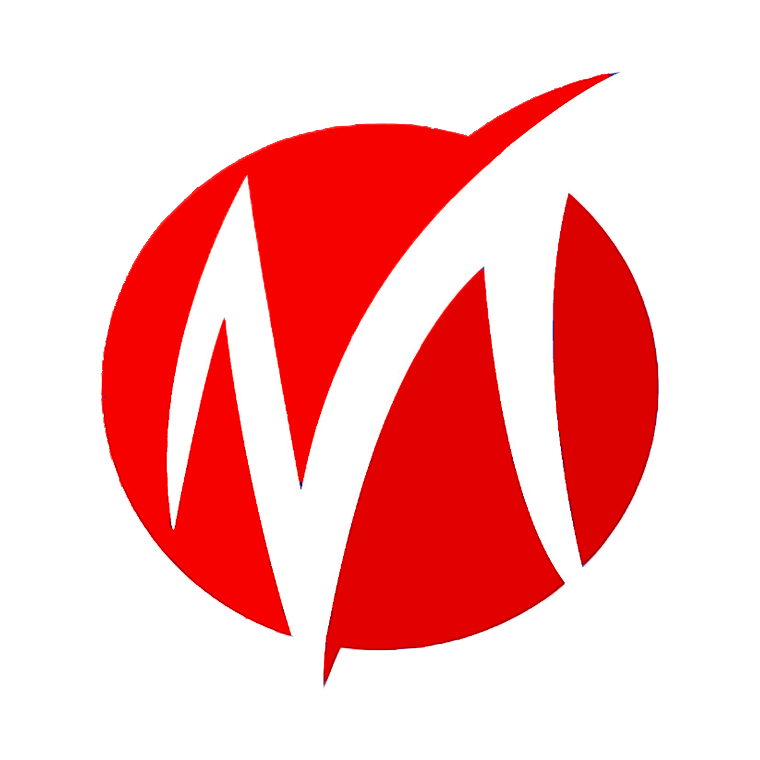 Image Source: Flickr
Image Source: Flickr
Fire systems. There are countless sites, blogs, and forums with advice on everything from dry chemical to sprinklers and smoke detectors. However, at this point in time, there is a lack of straightforward information about the operational details of various fire protection technologies. These gaps in knowledge may have you wondering: Where can I find reliable information? What should I leave out? And what essential details are missing from every online resource? This blog article summarizes some of the insider information that is not easily accessible online. Read on to discover what’s left out and look out for future blog posts that will expand on these ideas further.
Fire Systems Dry Chemical (ABC)
The two most common dry chemical fire extinguishers are based on mono-ammonium phosphate (MAP) and mono-potassium phosphates (KFP). MAP extinguishers contain ammonium phosphate and potassium phosphate, along with ammonium sulfate and ammonium chloride. MAP is moderately effective on Flammable liquids, Reactive chemicals, and certain metals. The lower viscosity and higher solubility of potassium phosphate make it superior as a general-purpose extinguisher. MAP is more effective on organic materials such as wood and paper, while KFP is better at preventing re-ignition. Both chemicals are corrosive to copper, zinc, and other materials found in electrical systems.
Fire Systems Carbon Dioxide (CO2)
CO2 fire suppression systems are typically used in computer server rooms, clean rooms, and laboratories. CO2 functions by displacing the oxygen in the air, either by pushing it out (displacement) or by chemically reacting with the atmospheric CO2 to form CO and CO2. CO2 is a relatively clean agent, leaving less residue and causing fewer health effects than dry chemical. CO2 can be applied at a lower rate of pressure than dry chemical, and will not damage as many electrical wiring systems. The main consideration for CO2 is that it is heavier than air, which can cause it to pool at the bottom of an area.
Fire Systems Sprinklers
Sprinkler systems are typically broken into two categories: Automatic Sprinklers and Manual Sprinklers. An automatic sprinkler system will activate when a fire is detected, while a manual sprinkler system allows for manual activation by a trained operator. Automatic sprinkler systems are designed to control a fire and prevent it from spreading, while manual sprinklers are designed to control a fire until the fire department arrives. These two systems may be combined, or they may be installed in separate areas of a building. The decision to use a manual sprinkler system versus an automatic sprinkler system will be based on a number of factors, including the type of building and the likelihood of a fire occurring.
Fire Systems Halon
Halon is a fire extinguishing gas that, at one point, was commonly installed in buildings around the world. Halon was primarily used to protect computer server rooms and other critical electrical systems. Halon systems are typically broken into two different types: gaseous and liquid systems. Gaseous halon systems use a solenoid valve to release compressed halon vapors out of a cylinder. These systems typically have a control panel that will activate the valve based on an electrical fire detection system. Liquid halon systems use a liquid chemical as the fire extinguishing agent and are most commonly found in large power transformers and other electrical equipment. The liquid halon is pumped out of a tank and sprayed onto the fire.
Fire Systems Manual Sprinklers
Many people assume that a fire sprinkler system must always be automatic. This is not the case. Some buildings feature manual sprinkler systems for a number of reasons, including cost and aesthetic considerations. Manual sprinkler systems are installed above the ceiling and are activated by pulling a fire alarm. Many manual sprinkler systems are designed to provide a high flow of water for a specified amount of time. This means that the sprinkler system will continue to run even after the fire has been extinguished. Manual sprinkler systems are typically combined with an automatic fire detection system such that the sprinkler system is only activated by the fire alarm when a fire is detected.
Fire Systems Smoke Detectors
Smoke detectors come in a variety of different types, including ionization, photoelectric, and combined types. In general, smoke detectors are designed to activate when smoke particles in the air cause an electrical circuit to open or break. Some smoke detectors may have a sensitivity setting that allows them to ignore low-level smoke. Smoke detectors are typically installed in a central location in a building, often on the ceiling or wall near the floor. They are placed in a central location so that they can detect smoke from the entire building.
Conclusion
When it comes to fire systems, what you see online is only the tip of the iceberg. It’s easy to find general information, but it’s hard to find the insider details and insight you need to make the right decision for your building. This article summarizes some of the insider information that is not easily accessible online. You’ll find that while the Internet is a great source of information, it isn’t always trustworthy. The best thing you can do is talk to your fire protection professional and get their take on the technology.
